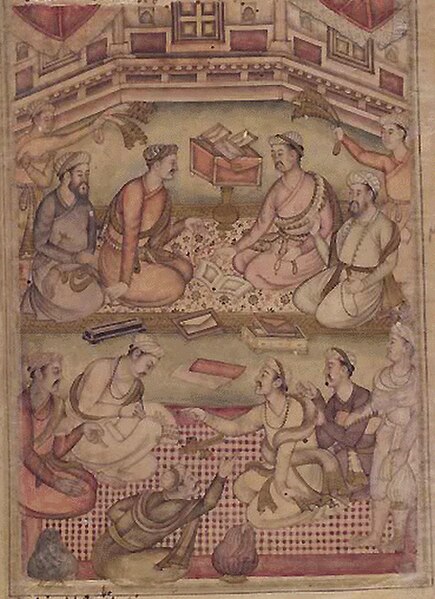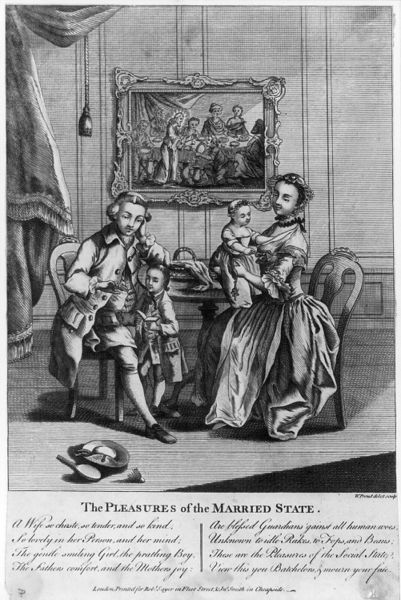University of St Andrews Union Debating Society
The University of St Andrews Union Debating Society is a student debating society at the University of St Andrews in Scotland. Tracing its origins back to 1794 and established under the current name in 1890, it is the oldest continuously operating debate society of its kind in the English-speaking world and the oldest as a whole in the United Kingdom.
The Union Debating Society hold weekly debates in Lower Parliament Hall
Debate is a process that involves formal discourse, discussion, and oral addresses on a particular topic or collection of topics, often with a moderator and an audience. In a debate, arguments are put forward for common opposing viewpoints. Debates have historically occurred in public meetings, academic institutions, debate halls, coffeehouses, competitions, and legislative assemblies. Debates have also been conducted for educational and recreational purposes, usually associated with educational establishments and debating societies. These debates emphasized logical consistency, factual accuracy, and emotional appeal to an audience. Modern forms of competitive debate also include rules for participants to discuss and decide upon the framework of the debates.
13th-century illustration of a Jew and a Christian debating in a work by the Jewish convert Petrus Alphonsi
A Debate among Scholars, Razmnama illustration
Debate Tonight: Whether a man's wig should be dressed with honey or mustard!, a 1795 cartoon satirizing the content of debates
Many subjects were debated in the London Debating Societies of the 18th century. This is a cover to a panegyric on marriage and family life, c. 1780.





